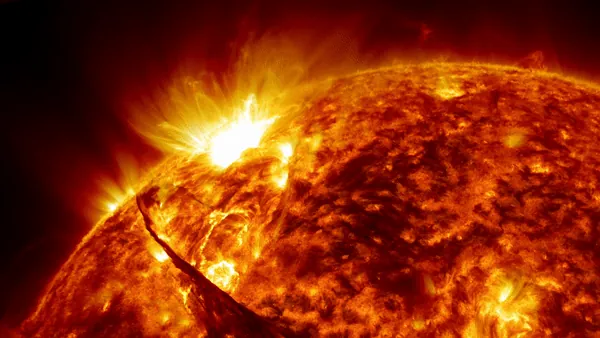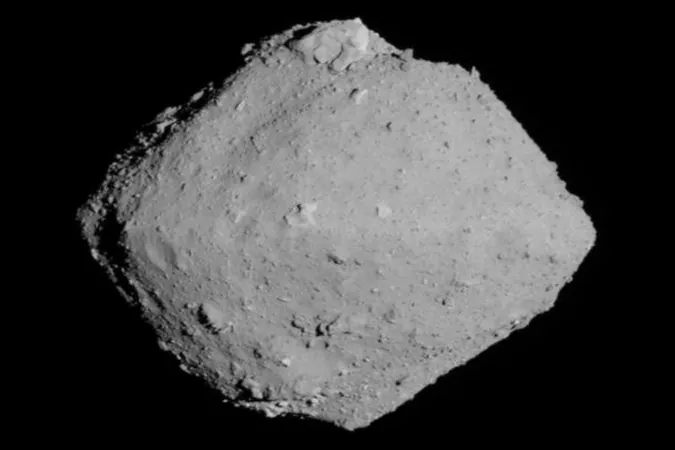
Unveiling Earth's Ancient History: A 'Cataclysmic' Solar Storm and Its Lasting Impact!
2024-11-29
Author: Ling
Introduction
Earth's atmosphere has always been a dynamic place, frequently subjected to the whims of solar storms. In recent months, our planet has experienced a barrage of geomagnetic activity, resulting in stunning auroras that can occasionally stretch down to mid-latitudes. But what can we learn about the solar storms that pummeled Earth long before modern technology was able to track these cosmic events?
Ancient Record-Keepers
Fortunately, nature has gifted us with ancient trees that act as historical record-keepers. A team of researchers from the University of Arizona, spearheaded by Irina Panyushkina and Timothy Jull, is meticulously studying tree rings to uncover evidence of significant solar events, particularly renowned as Miyake Events. These exceptionally rare solar phenomena, only six of which have been identified in the past 14,500 years, pinpoint one colossal storm to around 664 to 663 BCE.
The Risks of Modern Storms
Experts emphasize our fortune that the most recent Miyake event occurred so long ago. Panyushkina notes, “If a storm of that magnitude happened today, it would have cataclysmic effects on our communication technology,” highlighting the serious risks posed to our increasingly gadget-reliant society.
Understanding Miyake Events
The term "Miyake Event" was coined by Japanese physicist Fusa Miyake in 2012, who discovered that these events are characterized by sharp increases in radioactive carbon isotopes—specifically carbon-14—found in tree growth rings. Carbon-14, a naturally occurring radioactive isotope, forms in the atmosphere when cosmic radiation interacts with nitrogen and makes its way into trees through photosynthesis.
Methodology
To gather crucial data, Panyushkina and her team analyze wood samples from ancient trees, including those buried in riverbanks and those unearthed during archaeological excavations. They burn the wood's cellulose to measure its radiocarbon content. If a spike in radiocarbon is detected, researchers correlate it with spikes in other isotopes like beryllium-10, which is captured in ice cores from glaciers across the globe, providing a complementary perspective on solar activity.
Significant Findings
The successful pairing of tree ring data with ice core evidence has uncovered the critical timeline for this ancient Miyake solar storm, bridging gaps in our understanding of past solar events and their potential global impacts.
Conclusion
This groundbreaking research not only pushes the boundaries of our historical understanding but also serves as a stark warning about the vulnerabilities of our modern world. As we uncover these ancient cosmic encounters, it's clear that while we have advanced technologically, the effects of solar storms remain an omnipresent threat. What else could the ancient trees tell us about our solar past? Stay tuned for more revelations that may change our perspective on cosmic phenomena!




 Brasil (PT)
Brasil (PT)
 Canada (EN)
Canada (EN)
 Chile (ES)
Chile (ES)
 España (ES)
España (ES)
 France (FR)
France (FR)
 Hong Kong (EN)
Hong Kong (EN)
 Italia (IT)
Italia (IT)
 日本 (JA)
日本 (JA)
 Magyarország (HU)
Magyarország (HU)
 Norge (NO)
Norge (NO)
 Polska (PL)
Polska (PL)
 Schweiz (DE)
Schweiz (DE)
 Singapore (EN)
Singapore (EN)
 Sverige (SV)
Sverige (SV)
 Suomi (FI)
Suomi (FI)
 Türkiye (TR)
Türkiye (TR)